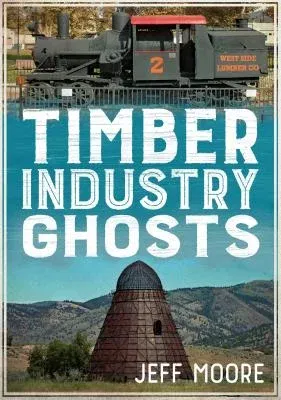Jeff Moore
(Author)Timber Industry GhostsPaperback, 29 July 2019

Qty
1
Turbo
Ships in 2 - 3 days
In Stock
Free Delivery
Cash on Delivery
15 Days
Free Returns
Secure Checkout

Print Length
160 pages
Language
English
Publisher
America Through Time
Date Published
29 Jul 2019
ISBN-10
1634991389
ISBN-13
9781634991384
Description
Product Details
Author:
Book Format:
Paperback
Country of Origin:
US
Date Published:
29 July 2019
Dimensions:
23.11 x
16.26 x
1.27 cm
Genre:
Pacific Northwest
ISBN-10:
1634991389
ISBN-13:
9781634991384
Language:
English
Pages:
160
Publisher:
Weight:
476.27 gm